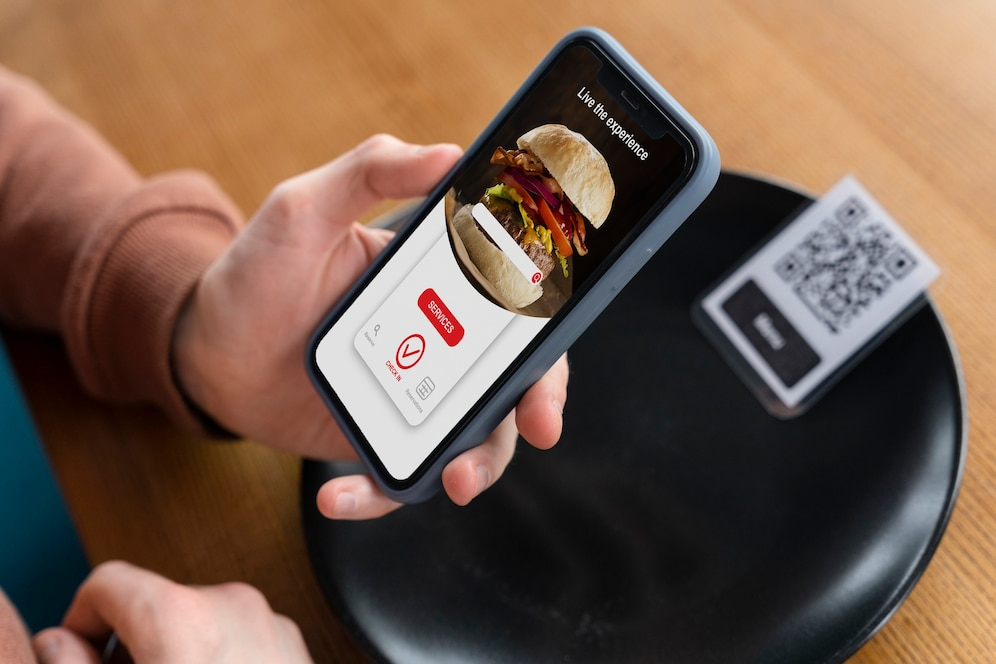QR codes have become increasingly popular in recent years, providing an innovative way for businesses to connect with their target audience. By scanning these codes using a smartphone, users can access relevant information, promotions, and offers instantly. However, like any marketing strategy, there are certain do’s and don’ts to consider when incorporating QR codes into your campaigns. In this article, we will explore the best practices and common pitfalls of QR Code Marketing Tips, ensuring you make the most of this powerful tool.
As technology continues to advance, QR codes have emerged as a valuable asset for marketers. QR, short for Quick Response, codes are two-dimensional barcodes that can be scanned using a smartphone’s camera. They store information and link directly to websites, applications, or other digital content. QR codes have gained traction due to their ease of use and ability to bridge the gap between offline and online marketing efforts.
What are QR Codes?
QR codes consist of a square grid of black squares on a white background. These codes can encode various types of information, such as URLs, text, contact details, or even Wi-Fi network credentials. When a user scans a QR code using a smartphone or tablet, they are redirected to the encoded content, allowing for seamless access to specific resources or actions.
Benefits of QR Code Marketing
Increased Engagement
QR codes provide an interactive and engaging experience for users. By scanning a code, customers can access exclusive content, promotions, or discounts, enhancing their overall experience with a brand or product.
Enhanced Tracking and Analytics
One of the significant advantages of QR codes is the ability to track user engagement. Marketers can monitor scan rates, locations, and even the time of scans, enabling them to gather valuable data and insights for future campaigns.
Cost-effectiveness
QR codes are a cost-effective marketing tool. They can be easily generated and printed on various materials, such as packaging, posters, flyers, or business cards. Compared to traditional advertising channels, QR codes offer a budget-friendly way to reach a broader audience.
Do’s of QR Code Marketing
To ensure the success of your QR code marketing campaigns, follow these best practices:
Make QR Codes Easily Scannable
To maximize engagement, ensure your QR codes are easily scannable. Opt for larger codes that can be easily detected by smartphone cameras. Additionally, place QR codes in prominent locations and avoid placing them on reflective or uneven surfaces that could hinder scanning.
Provide Value to Users
Make sure the content or offer users access via the QR code provides real value. Whether it’s a discount, an informational video, or a free ebook, delivering something useful and relevant will encourage users to scan the code and engage further with your brand.
Clearly Define the Purpose
Before creating a QR code, clearly define its purpose. Consider what value it will bring to users and how it aligns with your marketing objectives. Whether it’s providing exclusive content, offering a discount, or facilitating a convenient way to make a purchase, a well-defined purpose increases the chances of user engagement.
Don’ts of QR Code Marketing
To avoid common pitfalls, keep these don’ts in mind:
Don’t Neglect Testing
Before launching your QR code campaign, thoroughly test your codes to ensure they function as intended. Test them on different devices and operating systems to guarantee compatibility. Broken or malfunctioning codes can frustrate users and damage the overall user experience.
Avoid Complicated Landing Pages
When users scan a QR code, they expect a seamless and straightforward experience. Avoid directing users to complex landing pages that require extensive navigation or data input. Keep the landing page design clean, intuitive, and mobile-friendly.
Don’t Overuse QR Codes
While QR codes can be effective, avoid overusing them. Placing multiple codes on a single page or overwhelming customers with an excessive number of codes can lead to confusion and disengagement. Be selective and strategic in your QR code placements.
How to Create Effective QR Codes

To create effective QR codes, follow these steps:
Use a Reliable QR Code Generator
There are numerous QR code generator tools available online. Choose a reputable generator that provides customizable options, such as color, design, and error correction levels. Ensure the generator supports the type of content you want to encode.
Customize the Design
While QR codes are functional by nature, customizing their appearance can make them more visually appealing and memorable. Add your brand’s logo or incorporate relevant colors to create a visually consistent experience for users.
Test the QR Codes
Before implementing your QR codes, thoroughly test them to ensure they work across various devices and scanning apps. Test the codes from different angles, distances, and lighting conditions to guarantee optimal scanning performance.
Examples of Successful QR Code Marketing Campaigns
Several companies have implemented QR code marketing campaigns successfully. Here are a few notable examples:
Starbucks
Starbucks used QR codes in their “Pick of the Week” promotion, allowing customers to scan codes and access free songs, apps, or books. This approach increased customer engagement and drove traffic to their digital platforms.
Nike
Nike integrated QR codes into their in-store displays, providing customers with additional product information, personalized recommendations, and the ability to purchase directly from their mobile devices. This streamlined the shopping experience and encouraged immediate conversions.
Coca-Cola
Coca-Cola used QR codes on its packaging to create an interactive experience for consumers. Scanning the codes revealed personalized messages and allowed customers to participate in virtual games, enhancing brand loyalty and fostering a sense of connection.
FAQs
Are QR codes still relevant in today’s digital landscape?
Yes, QR codes continue to be relevant and have gained even more prominence in recent years. They provide a convenient and efficient way for users to access information and engage with brands.
Can I track the performance of my QR code campaigns?
Yes, you can track the performance of your QR code campaigns by using analytics tools or QR code generators that provide tracking capabilities. This data will help you measure the success of your campaigns and make informed decisions for future strategies.
Are there any limitations to using QR codes?
QR codes require a smartphone or tablet with a camera and a QR code scanning app. Therefore, users without these devices or apps may face limitations in accessing the content or offers linked to QR codes.
Can QR codes be used for offline marketing efforts?
Absolutely! QR codes are a great way to bridge the gap between offline and online marketing. You can place QR codes on physical materials such as posters, flyers, product packaging, or even billboards to provide users with a seamless transition from offline to online experiences.
How can I ensure the security of my QR codes?
To ensure the security of your QR codes, use a reputable QR code generator and avoid linking to suspicious or unsecured websites. Regularly monitor the performance of your codes and take immediate action if any issues arise.
Conclusion
QR code marketing offers a versatile and engaging way for businesses to connect with their target audience. By following the do’s and don’ts outlined in this article, you can maximize the impact of your QR code campaigns. Remember to define a clear purpose, provide value to users, and ensure scannability. With careful planning and thoughtful execution, QR codes can become a powerful tool in your marketing arsenal.











